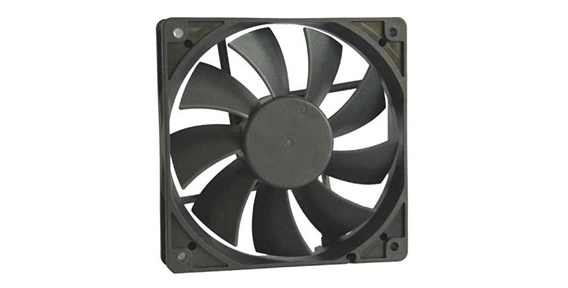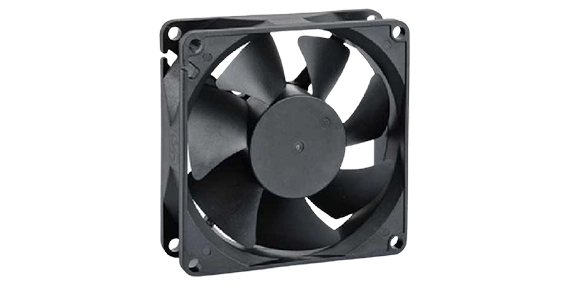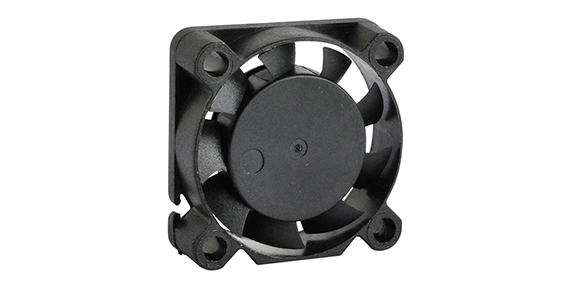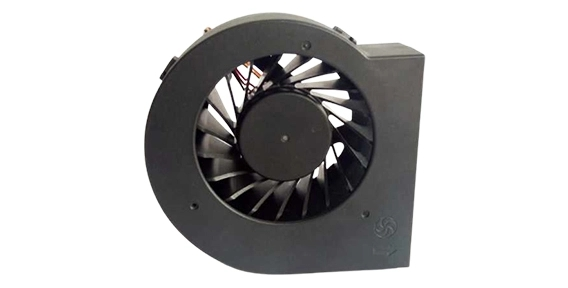In recent years, the demand for efficient and reliable cooling solutions has grown significantly, driven by the ever-increasing power and heat generation of modern computer systems. The evolution of 120mm cooling fan technology has played a crucial role in meeting these demands while simultaneously addressing concerns regarding noise levels and durability. This article explores the innovations in slim case fan 120mm technology and its future prospects.
The Evolution of 120mm Cooling Fan Technology
The journey of 120mm cooling fan technology has been marked by continuous advancements aimed at enhancing overall cooling efficiency. Initially, slim case fans were introduced as a more space-efficient alternative to their larger counterparts. However, manufacturers soon realized the potential to optimize the design and performance of these fans, leading to their widespread adoption.
One of the key innovations in 120mm cooling fan technology has been the implementation of advanced blade designs. By carefully engineering the shape and angle of the blades, manufacturers have been able to achieve higher airflow rates and improved static pressure while simultaneously reducing noise generation. This has resulted in more efficient cooling without compromising on acoustic comfort.

Advanced Technologies for Quiet and Long-Lasting Operation
Noise reduction has been a significant focus in the development of DC cooling fan. Innovative bearing technologies, such as hydrodynamic or magnetic bearings, have replaced traditional sleeve bearings. These advanced bearing systems ensure smooth and quiet operation while increasing the lifespan of the fan. Additionally, the integration of rubber damping pads in the fan's frame helps minimize vibrations, further reducing noise output.
To ensure long-lasting operation, manufacturers are also employing high-quality materials in the construction of 120mm cooling fans. Robust fan blades made from durable thermoplastics and reinforced frames enhance the fan's durability, offering a reliable cooling solution that can withstand continuous usage and environmental stressors.

Integrating Intelligence with PWM Control and Temperature Sensors
The integration of intelligence and advanced control features has brought significant improvements to the functionality and efficiency of 120mm cooling fans. Pulse Width Modulation (PWM) control, for instance, allows for dynamic fan speed adjustment based on real-time system temperatures. This not only helps maintain optimal operating conditions but also minimizes noise by reducing fan speeds when cooling demands are lower.
Temperature sensors have also become an integral part of advanced 120mm cooling fan technology. By strategically placing sensors near critical components, fans can automatically adjust their speeds to cool areas that require immediate attention. This proactive approach ensures efficient cooling while preventing potential heat-related issues, such as thermal throttling or component failure.
The Future of 120mm Cooling Fan
Looking ahead, the future of 120mm cooling fans is promising. Further advancements in blade design, materials, and control systems are expected. The development of more efficient yet quieter fan motors, such as brushless DC motors, will enhance performance while reducing energy consumption. Improved fan speed range control will enable more precise adjustments, ensuring a fine balance between cooling performance and noise output.
Moreover, the integration of smart technologies, such as artificial intelligence or machine learning algorithms, holds immense potential. Such innovations could enable fans to automatically adapt to changing system conditions, optimizing cooling performance beyond what is currently achievable.
Innovations in slim case fan 120mm technology have revolutionized the way cooling is achieved in modern computer systems. From enhanced blade designs to intelligent control systems and advanced materials, these fans offer superior cooling efficiency, reduced noise levels, and increased longevity. As technology continues to advance, the future of 120mm cooling fans appears bright, with further improvements expected to meet the ever-growing demands of the industry.

 EN
EN 

 +
+
 +
+
 +
+



